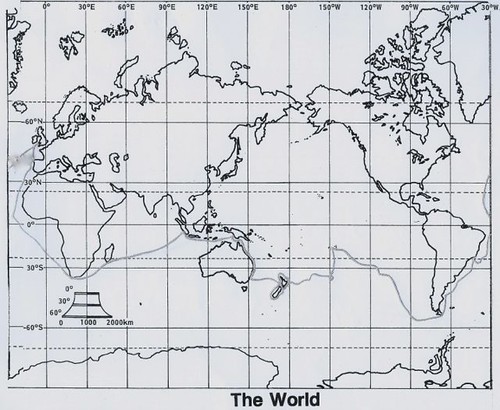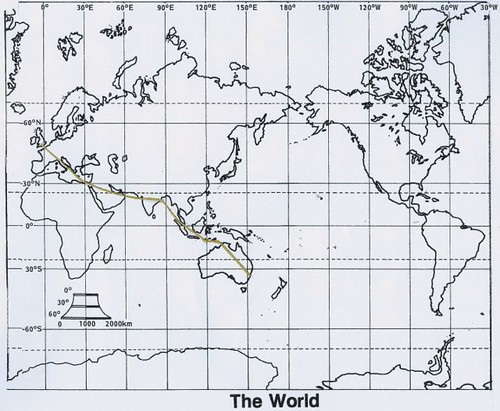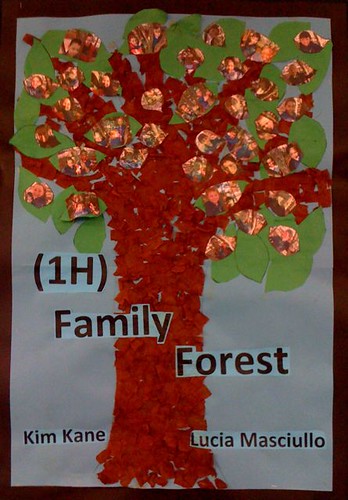In their HSIE unit, British colonisation of Australia, Stage 2 students are investigating four different travel routes to Australia from Britain:
ROUTE TAKEN BY COOK (via Tahiti)
Plymouth (August 1768), rounded Cape Horn, Tahiti (observe transit of Venus), Pacific Islands of Huahine, Borabora and Raiatea (all claimed for Britain), unsuccessfully attempted to land at Rurutu, then New Zealand, then Botany Bay, then north along Australian east coast, then Batavia in Dutch East Indies, rounded Cape of Good Hope, then arriving at Deal in Britain (July 1771, almost three years later).
The first voyage of James Cook
ROUTE TAKEN BY FIRST FLEET (via Cape Town)
Portsmouth (May 1787), Rio de Janiero, Cape Town, through Great Southern Ocean to Botany Bay (January 1788), then Sydney Cove, Port Jackson.
First Fleet – Behind the news
BRITAIN TO AUSTRALIA via SUEZ CANAL (1900-20s)
Britain, Port Said (in Egypt), Port Aden (in Yemen), Colombo (Ceylon, now Sri Lanka), Fremantle, Melbourne, Sydney.
Suez Canal time lapse mp.4
THE KANGAROO ROUTE
In 1935, the route from London to Brisbane had taken 12.5 days, which included a rail trip between Paris and Brindisi. QANTAS first flew the route in 1947, from Sydney to London, with stopovers in Darwin, Singapore (overnight), Calcutta, Karachi, Cairo (overnight) and Tripoli. Return fare was £585 = 130 weeks x average wage.
In 1960, fastest trip was 34 h 30 min with eight stops. In 1989, QANTAS set a world distance record for commercial jets when a Boeing 747-400 flew non-stop, London to Sydney, in just over 20 hours. From 2012, all QANTAS services began making Sydney-London stopovers in Dubai.
The longest hop – Qantas’ Kangaroo Route







